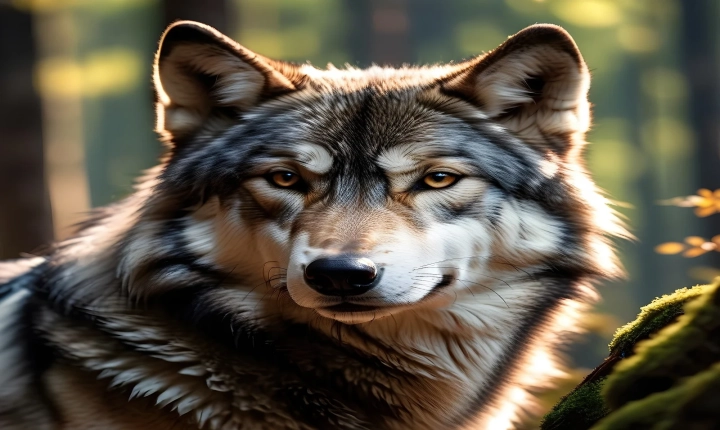Title: How to Convert a JPG Image into an AI File Format
In the digital design world, turning a JPG image into an AI file format is a common task that many designers encounter. Adobe Illustrator (AI) is a powerful vector graphics editing program that allows for the creation and manipulation of scalable graphics, making it a preferred format for many professional designers.
Converting a JPG into an AI file format involves vectorizing the image, which essentially means converting it from a raster (pixel-based) format to a vector (mathematically defined) format. This process allows for the image to be scaled and manipulated without losing quality or sharpness. Here’s a step-by-step guide on how to turn a JPG image into an AI file format.
Step 1: Open the JPG in Adobe Illustrator
Begin by launching Adobe Illustrator and opening the JPG image file. You can do this by navigating to “File” > “Open” and selecting the JPG file from your computer.
Step 2: Image Trace
With the JPG image open, select the image and navigate to the “Window” menu, then choose “Image Trace” from the dropdown menu. This will open the Image Trace panel, where you can adjust settings to vectorize the image.
Step 3: Adjust Image Trace Settings
In the Image Trace panel, you can adjust the settings to achieve the desired vectorization of the image. This includes options such as “Mode” (such as black and white, grayscale, or color), “Threshold,” “Paths,” and “Noise.” Experiment with these settings until you achieve the best vectorization result for your image.
Step 4: Expand the Image Trace
After adjusting the settings, click the “Expand” button in the control bar at the top of the screen. This will convert the traced image into vector paths, allowing for further editing and manipulation.
Step 5: Save as AI File
Once the image has been vectorized and expanded, you can save the file as an AI format. Go to “File” > “Save As” and choose “Adobe Illustrator” as the file format. Give the file a name and click “Save” to complete the process.
By following these simple steps, you can effectively convert a JPG image into an AI file format, allowing for enhanced scalability and editing capabilities. Whether you’re a professional graphic designer or a hobbyist, mastering this process can open up a world of creative possibilities in the realm of digital design. With vector-based graphics, your designs can be scaled to any size without loss of quality, making them suitable for a wide range of applications, from print materials to digital media.
In conclusion, understanding the process of converting a JPG into an AI file format can greatly expand your capabilities as a designer and allow for more flexibility and versatility in your creative projects. With the power of vector graphics at your fingertips, you can take your designs to the next level and create stunning visual content with precision and style.
